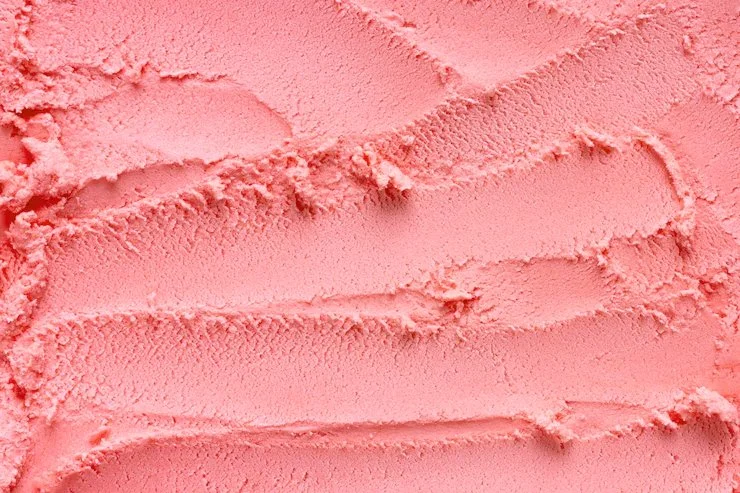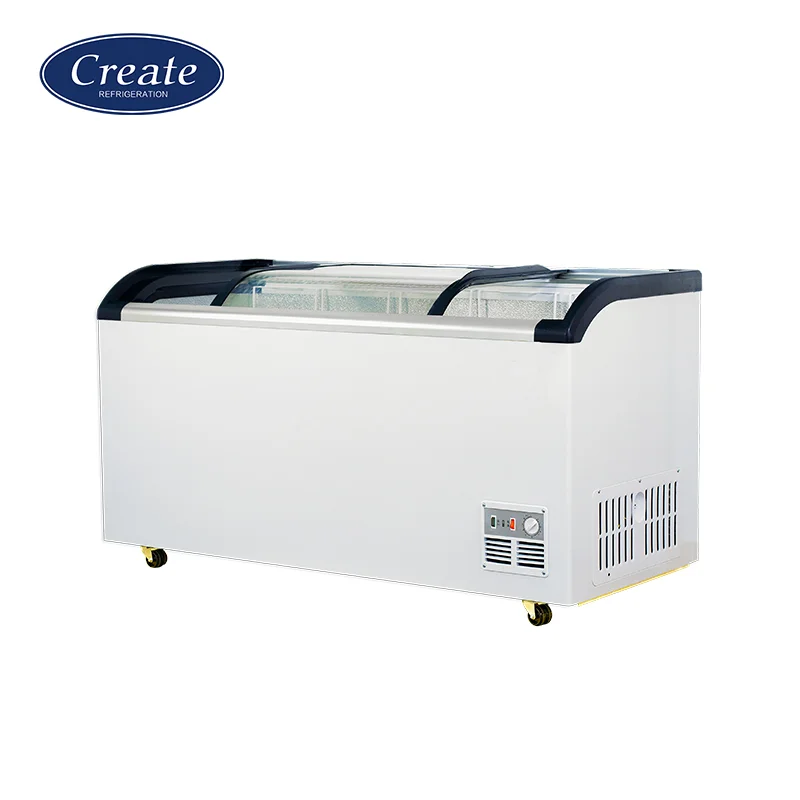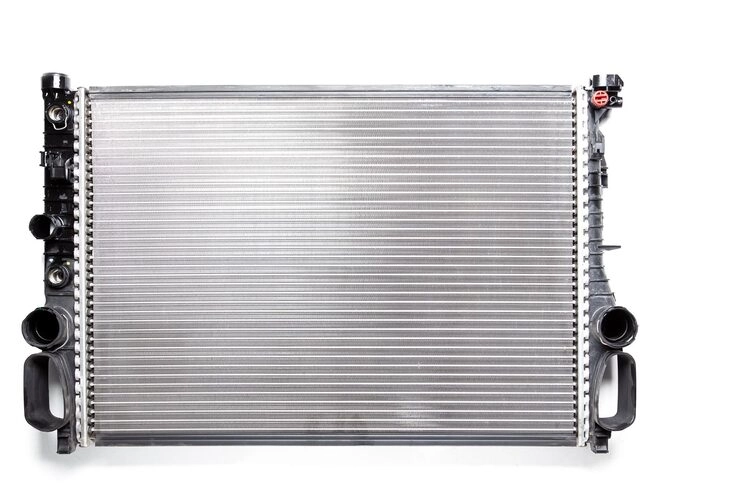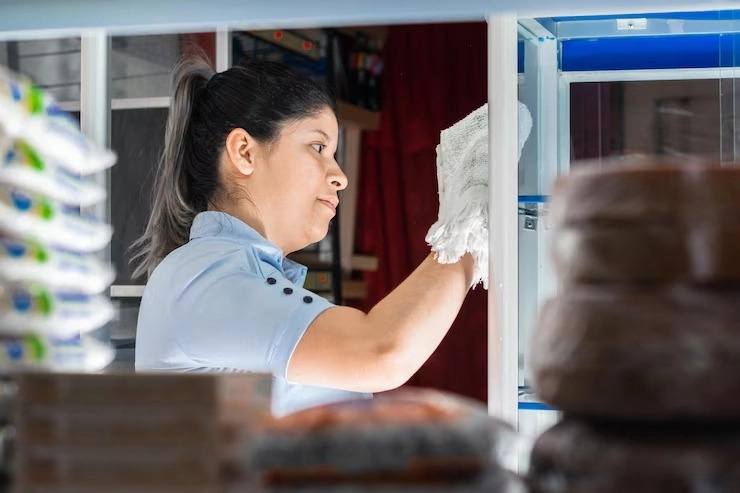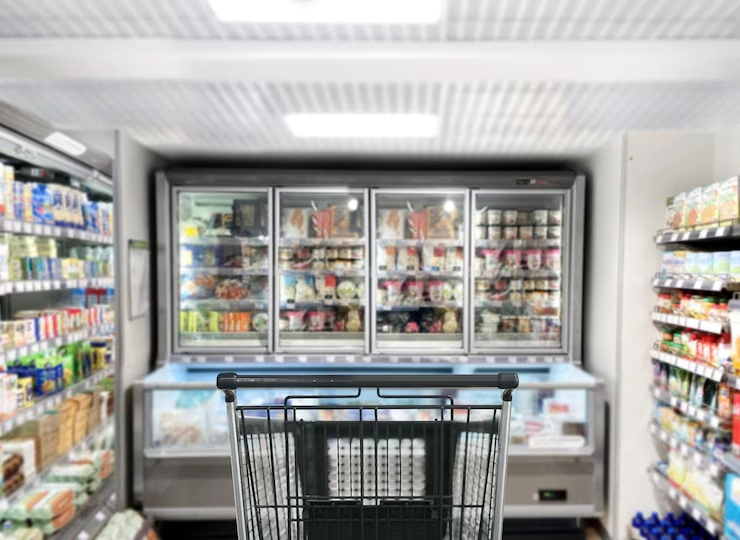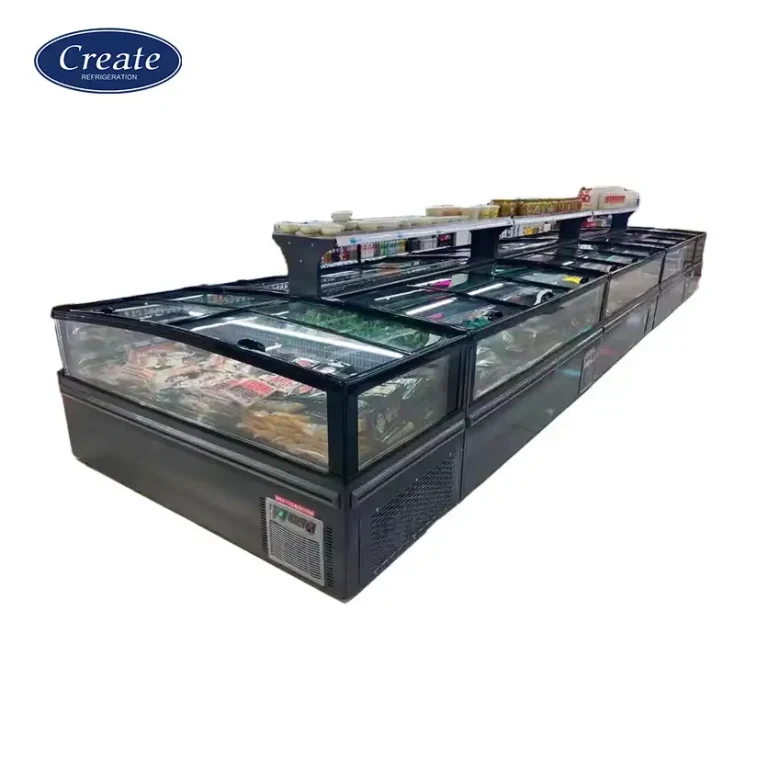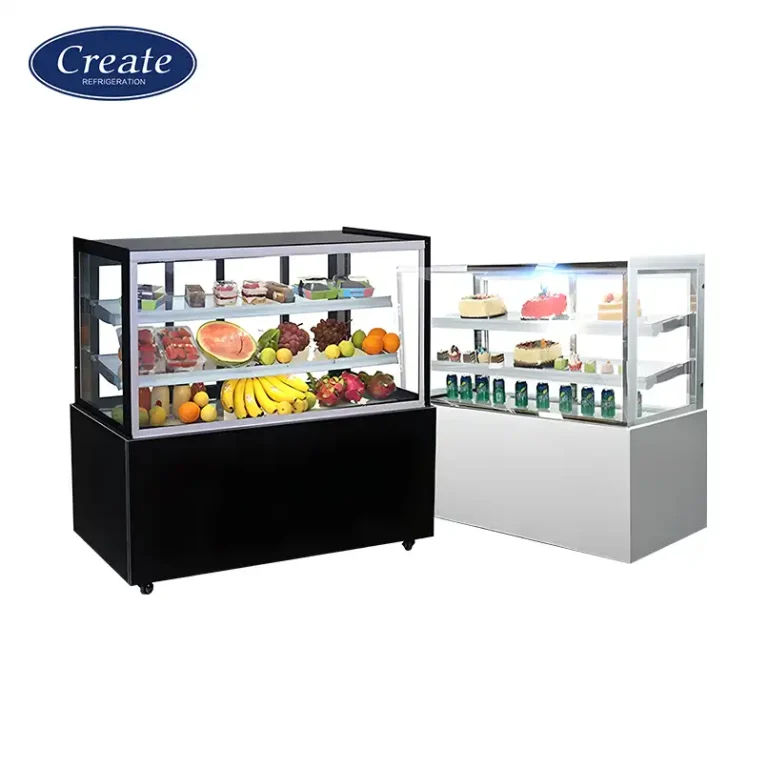As a supermarket, café, or ice cream shop owner, keeping your ice cream tasty is key to making customers happy. It also helps your business grow. A ice cream freezer is important for keeping ice cream smooth, flavorful, and nice-looking. Bad storage can cause freezer burn, icy bits, or strange tastes. These can push customers away. In this guide, we’ll explore how to keep ice cream great with good storage, temperature control, and care. At Create Refrigeration, we provide excellent freezers to help your business.
The Importance of Proper Ice Cream Storage
Good storage is the base for serving high-quality ice cream. It makes every scoop as good as it should be.
Why Maintaining Ice Cream Quality is Crucial for Businesses
Great ice cream brings customers back. Here’s why it’s important:
- Happy Customers: Smooth, creamy ice cream makes people enjoy their visit. This builds loyalty.
- Good Reputation: Steady quality makes your business look trustworthy, whether it’s a small café or a big store.
- Less Waste: Good storage cuts down on spoiled ice cream. This saves money and resources.
- Following Rules: Keeping quality high ensures you meet food safety standards. This avoids legal problems.
Key Factors Affecting Ice Cream Quality in Freezers
Several things can harm ice cream quality:
- Changing Temperatures: Unsteady temperatures cause melting and refreezing. This leads to icy bits.
- Moisture Levels: Too much water in the air causes freezer burn. It also ruins texture.
- Bad Packaging: Poorly sealed containers let air in. This causes spoilage.
- Poor Freezer Setup: Overcrowding or messy arrangement blocks airflow. This hurts cooling.
Optimal Temperature Settings for Commercial Ice Cream Freezers
Keeping the right temperature is vital. It preserves ice cream’s texture and taste.
Recommended Temperature Ranges for Storing Ice Cream
Ice cream needs specific conditions to stay great:
- Best Range: Keep ice cream at -20°C to -18°C (-4°F to 0°F). This keeps it creamy.
- Serving Temperature: For scooping, set it at -12°C to -10°C (10°F to 14°F). This makes it soft but not melty.
- Avoid Above -15°C (5°F): Warmer temperatures cause partial melting. This leads to rough textures.
Consequences of Incorrect Temperature Levels
Wrong temperatures can damage ice cream:
- Too Warm: Ice cream gets soft or melts. It forms icy bits when it refreezes.
- Too Cold: Very low temperatures make ice cream hard. It’s tough to scoop, which annoys customers.
- Unsteady Temperatures: Constant changes harm texture and taste. They also shorten shelf life.
| Temperature | Effect on Ice Cream | Recommendation |
| -20°C to -18°C | Keeps creamy texture | Best for storage |
| -12°C to -10°C | Soft, easy to scoop | Best for serving |
| Above -15°C | Melts, forms icy bits | Avoid |
Preventing Freezer Burn and Ice Crystal Formation
Freezer burn and icy bits are common problems. They make ice cream less enjoyable. Stopping them ensures a great product.
Causes of Freezer Burn in Ice Cream
Freezer burn happens when ice cream meets air:
- Poor Containers: Unsealed or low-quality containers let air touch the ice cream.
- Temperature Changes: Swings in temperature cause water to evaporate. It refreezes on the surface.
- Bad Storage: Packed freezers block airflow. This leads to uneven cooling.
Tips to Minimize Ice Crystal Formation
To keep ice cream smooth and free of icy bits:
- Use Sealed Containers: Close ice cream tightly to block air.
- Keep Temperatures Steady: Use a reliable freezer to avoid changes.
- Don’t Overcrowd: Leave space for air to move. This ensures even cooling.
- Store Quickly: Put ice cream in the freezer right after delivery or making it.
Organizing Your Commercial Freezer for Maximum Efficiency
Good organization improves freezer performance. It also keeps ice cream fresh.
Best Practices for Arranging Ice Cream Products
Follow these tips to organize your commercial ice cream freezer:
- Group by Type: Separate flavors or brands. This avoids flavor mixing and makes tracking easier.
- Use Shelves Smartly: Put popular items at eye level for quick access.
- Rotate Stock: Use older items first. This keeps everything fresh.
- Leave Space: Keep at least an inch between containers. This helps air flow.
How Proper Organization Enhances Product Longevity
Good organization helps ice cream last:
- Even Cooling: Proper spacing keeps temperatures steady for all items.
- Less Handling: Organized freezers mean fewer door openings. This keeps conditions stable.
- Easier Tracking: A clear setup makes it simple to check stock. It helps avoid spoilage.
Regular Maintenance and Cleaning of Your Commercial Freezer
Regular care keeps your freezer working well. It ensures ice cream stays fresh.
The Role of Routine Cleaning in Maintaining Quality
Cleaning stops contamination and bad smells:
- Clears Residue: Spills or leaks can cause strange tastes if not cleaned.
- Stops Mold: Regular cleaning prevents mold and germs. This keeps food safe.
- Boosts Efficiency: A clean freezer runs better. It keeps temperatures steady.
Checklist for Regular Maintenance Tasks
Use this checklist for your freezer:
- Weekly: Wipe inside surfaces to remove spills or frost.
- Monthly: Defrost and deep clean. Include seals, gaskets, and drains.
- Every 3 Months: Check cooling systems, fans, and vents for dust or blockages.
- Yearly: Have a professional check compressors and seals.
Monitoring and Managing Humidity Levels in the Freezer
Controlling moisture is important for ice cream quality. Too much water ruins texture.
Effects of High Humidity on Ice Cream Products
Too much moisture causes:
- Icy Bits: Extra water leads to larger icy bits. This makes ice cream grainy.
- Freezer Burn: Moist air speeds up surface drying. This causes freezer burn.
- Sticky Ice Cream: Water can make ice cream sticky or soft. This looks unappealing.
Strategies to Control Humidity Inside the Freezer
Keep moisture low with these steps:
- Use Moisture Absorbers: Place silica gel packets in the freezer. They soak up extra water.
- Check Door Seals: Make sure gaskets are tight. This stops moist air from getting in.
- Improve Airflow: Ensure good air movement to reduce water buildup.
- Check Often: Use a hygrometer to watch moisture levels. Adjust as needed.
Packaging Considerations for Preserving Ice Cream Quality
Good packaging protects ice cream from air and water. It makes it last longer.
Features of Effective Packaging Materials
Choose packaging with these traits:
- Tight Seals: Stop air from reaching the ice cream. This reduces freezer burn.
- Water Resistance: Use materials like plastic-lined cartons to block moisture.
- Strong Materials: Tough packaging prevents leaks or damage during storage.
How Packaging Impacts Storage and Shelf Life
Good packaging:
- Keeps Texture: Sealed containers maintain smoothness. They prevent icy bits.
- Extends Freshness: Tight seals slow spoilage. This keeps flavors fresh longer.
- Looks Good: High-quality packaging appears professional. It attracts customers.
Create Refrigeration: A Trusted Supplier for Commercial Ice Cream Freezers
At Create Refrigeration, we know what businesses like yours need. Our commercial ice cream freezers are built to keep your ice cream perfect. They help you keep customers happy.
Why Choose Create Refrigeration for Your Business Needs
We’re dedicated to helping your business succeed:
- Dependable Equipment: Our freezers keep temperatures steady for great storage.
- Custom Solutions: We offer free 3D renderings and CAD drawings. They help plan your store layout.
- Great Support: Our team helps from choosing to setting up. Visit our contact pagefor details.
Key Features of Create Refrigeration’s Products
Our freezers are special because of:
- Energy Savings: Save on power costs while keeping ice cream chilled.
- Tough Design: Built to handle busy environments.
- Warranty: One-year warranty on units. Three years on key parts for peace of mind.
Explore our products at Create Refrigeration to find the best freezer for your business.
Conclusion: Maintaining Excellence in Ice Cream Storage
Keeping ice cream high-quality in your commercial freezer is key. It ensures happy customers and a strong business. Control temperatures. Prevent freezer burn. Organize well. Maintain your equipment. These steps deliver great ice cream every time. At Create Refrigeration, we offer dependable, energy-saving freezers. They make quality control easier. Invest in good storage habits and reliable equipment. Your ice cream will stay excellent.
Frequently Asked Questions (FAQs)
Q1 What is the ideal temperature setting for a commercial ice cream freezer?
A1 The best storage temperature is -20°C to -18°C (-4°F to 0°F). This keeps ice cream creamy. For serving, use -12°C to -10°C (10°F to 14°F). This makes scooping easy without melting.
Q2 How can I prevent freezer burn on my ice cream products?
A2 Stop freezer burn with tight, water-resistant packaging. Keep temperatures steady. Avoid overcrowding. Store ice cream quickly. Ensure good airflow in the freezer.
Q3 How often should I clean my commercial ice cream freezer?
A3 Clean your freezer weekly to remove spills or frost. Deep clean monthly, including defrosting and sanitizing. Have a professional check it yearly. This ensures great performance and ice cream quality.

